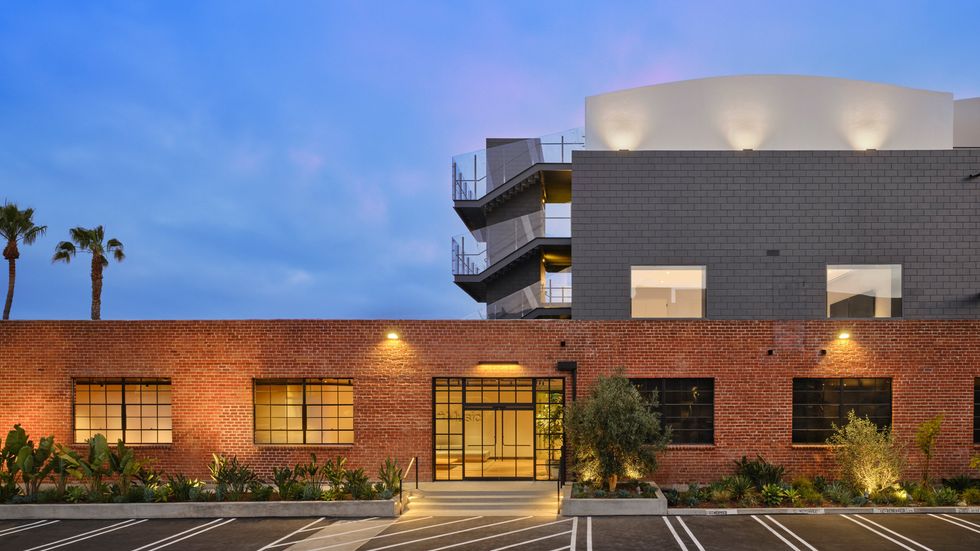“Talent Is Ubiquitous; Access to Capital Is Not': MaC Venture Capital Raises $203M for Early-Stage Startups
Decerry Donato is a reporter at dot.LA. Prior to that, she was an editorial fellow at the company. Decerry received her bachelor's degree in literary journalism from the University of California, Irvine. She continues to write stories to inform the community about issues or events that take place in the L.A. area. On the weekends, she can be found hiking in the Angeles National forest or sifting through racks at your local thrift store.

While venture capital funding has taken a hit this year, that hasn’t stopped MaC Venture Capital from raising $203 million for its second fund.
The Los Angeles-based, Black-led VC firm said Monday that it had surpassed its initial $200 million goal for the fund, which dot.LA reported in January, over the span of seven months. MaC said it expects to invest the capital in up to 50 mostly seed-stage startups while remaining “sector-agnostic.”
“We love seed-stage companies because that’s where most of the value is created,” MaC managing general partner Marlon Nichols told dot.LA. While the firm has invested in local ventures like NFT gaming platform Artie, space startup Epsilon3 and autonomous sensor company Spartan Radar, Nichols said MaC—whose portfolio companies span from Seattle to Nairobi—would continue to eye ventures across the rest of the country and world.
“Talent is ubiquitous; access to capital is not,” Nichols noted. “What they’re building needs to matter; we’ve got to believe that this group of founders is the best team building in the space, period.”
Launched in 2019, MaC is led by four founding partners: VC veteran Nichols, former Washington, D.C. mayor Adrian Fenty, and former William Morris Endeavor talent agents Charles D. King and Michael Palank. Nichols described the team’s collective background in government, consulting, media, entertainment and talent management as its “superpower.”
In a venture capital industry where few people of color are decision-makers, MaC Venture Capital has looked to wield its influence to provide opportunities for founders of color. The firm says 69% of its portfolio companies were started by BIPOC founders and 36% are led by women, while MaC has also diversified its own ranks by adding female partners Zhenni Liu and Haley Farnsworth.
MaC’s second investment fund nearly doubled the size of the firm’s $110 million first fund, which it closed in March 2021. The new fund’s repeat institutional investors include Goldman Sachs, ICG Advisors, StepStone, the University of Michigan, the George Kaiser Family Foundation and the MacArthur Foundation, while the likes of Illumen Capital and the Teachers’ Retirement System of the State of Illinois also pitched in as new investors.
“It’s a great combination of having affirmation from people who have been with us from the beginning and new people coming in that want to be a part of it,” Fenty told dot.LA.
- Can MaC VC Help Solve Tech's Whiteness Problem? - dot.LA ›
- MaC Venture Capital's Marlon Nichols on 'Diversity Theater' - dot.LA ›
- MaC Venture Capital Eyes $200 Million For Its Second Fund - dot.LA ›
- Struck Studio Launches $15M Fund to Create In-House Startups - dot.LA ›
- Struck Capital Launches $15M Fund to Create In-House Startups - dot.LA ›
- Telesair Picks Up $22M, Kingswood Capital Lands $620M - dot.LA ›
Decerry Donato is a reporter at dot.LA. Prior to that, she was an editorial fellow at the company. Decerry received her bachelor's degree in literary journalism from the University of California, Irvine. She continues to write stories to inform the community about issues or events that take place in the L.A. area. On the weekends, she can be found hiking in the Angeles National forest or sifting through racks at your local thrift store.




 Image Source: Tinder
Image Source: Tinder Image Source: Apple
Image Source: Apple